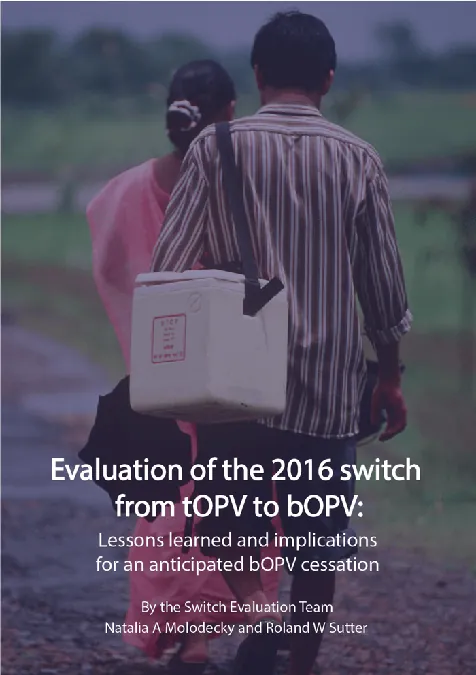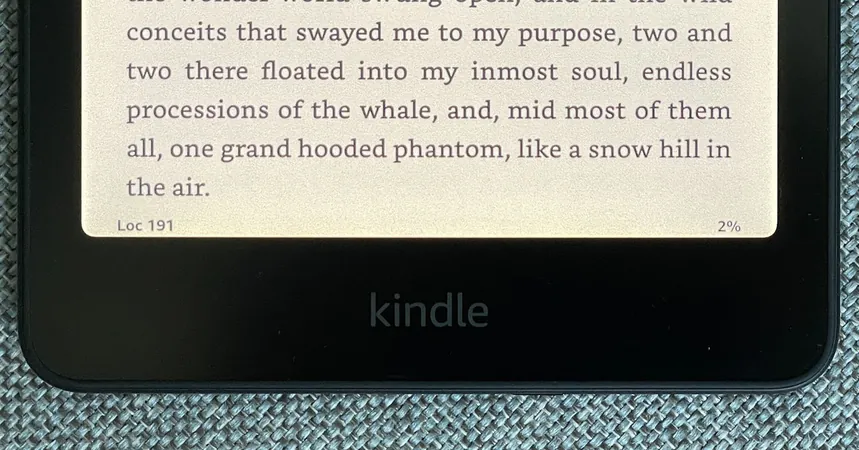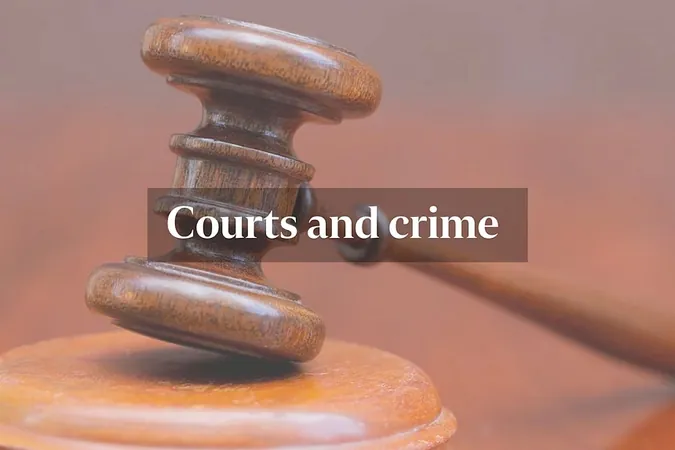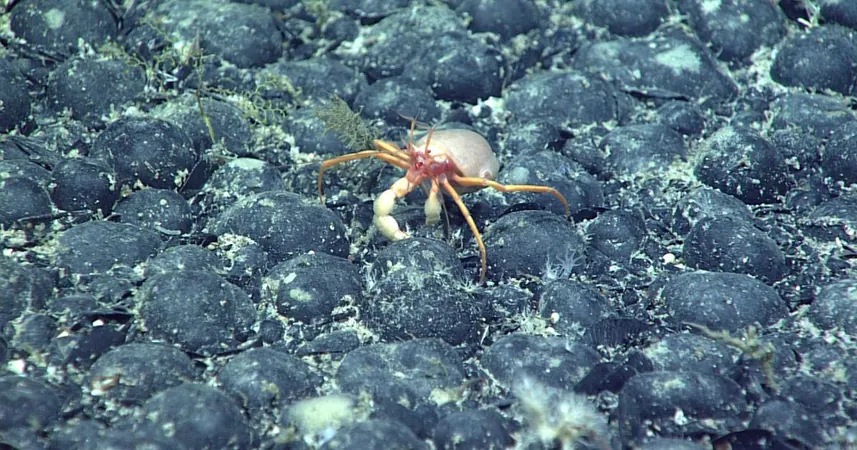
The Vital Lessons from the 2016 Switch to bOPV: A Pathway to Ending Polio Forever
2024-11-10
Author: Li
Introduction
The Global Polio Eradication Initiative (GPEI) has released a crucial evaluation of the significant 2016 change from the trivalent oral poliovirus vaccine (tOPV) to the bivalent oral poliovirus vaccine (bOPV) in its efforts to eradicate polio. This evaluation aimed to uncover the challenges faced during the switch, with insights set to influence future strategies for the eventual complete cessation of all oral poliovirus vaccines (OPV) as part of a comprehensive Post-Certification Strategy.
Background and Challenges
In 2016, the decision to eliminate type 2-containing OPVs was based on extensive analysis and endorsed by the World Health Assembly. However, emerging data revealed that in some regions, population immunity was alarmingly lower than anticipated. This gap sparked unexpected outbreaks of variant poliovirus, particularly in Africa and Asia, necessitating a response using type 2 monovalent OPV (mOPV2). Compounding the crisis, supply limitations of both the inactivated polio vaccine (IPV) and mOPV2 hampered the capacity to effectively control these outbreaks. Furthermore, inadequate quality in outbreak response efforts allowed transmission to persist and new variant strains to arise.
GPEI's Commitment and Strategies
To safeguard a successful cessation of all OPVs, the GPEI is committed to applying insights from this evaluation. The findings have triggered policy updates, risk assessment frameworks, and strategic principles for OPV cessation endorsed by the Strategic Advisory Group of Experts on immunization (SAGE). A focused effort on vaccinating hard-to-reach populations will ensure sufficient immunity levels before the phase-out of OPV.
Active Measures Against Poliovirus Transmission
Recognizing the ongoing risk of poliovirus transmission, the GPEI formed an OPV2 cessation risk task force to proactively manage emerging threats. In recent years, GPEI partners and affected nations have implemented crucial measures to quickly detect and respond to any signs of poliovirus transmission. As a result, reported cases of type 2 variant polio have plummeted by about 60% since a peak in 2020, with continued declines expected into 2024. Yet, the persistent presence of variant poliovirus in various regions indicates the critical need for continued vigilance.
Collaboration and Innovations
The GPEI is actively collaborating with affected countries to ensure high-quality outbreak responses, which include engaging communities more effectively. Through its partnership with Gavi, the Vaccine Alliance, the GPEI is reinforcing routine immunization efforts, enhancing IPV supply, and introducing a second dose to the essential vaccination schedule, laying the groundwork for ultimate polio eradication.
The Role of nOPV2
In an exciting development, the novel oral polio vaccine type 2 (nOPV2) has been available since 2021, with over 1.2 billion doses administered in 42 countries. This innovative vaccine allows countries to respond to outbreaks with a significantly reduced risk of generating new variant strains. Ongoing efforts to strengthen nOPV2 supply, expedite outbreak response through faster detection methods, and close immunity gaps are critical steps in preparing for the full discontinuation of OPV and ensuring a lasting end to polio.
Conclusion
As polio warriors around the world continue their efforts, the recent lessons from the switch illustrate not only the challenges faced but also the hope for a future free from this devastating disease. Could 2024 be the year we finally see the end of polio? Join the fight and stay informed as we move closer to this historic goal!



 Brasil (PT)
Brasil (PT)
 Canada (EN)
Canada (EN)
 Chile (ES)
Chile (ES)
 España (ES)
España (ES)
 France (FR)
France (FR)
 Hong Kong (EN)
Hong Kong (EN)
 Italia (IT)
Italia (IT)
 日本 (JA)
日本 (JA)
 Magyarország (HU)
Magyarország (HU)
 Norge (NO)
Norge (NO)
 Polska (PL)
Polska (PL)
 Schweiz (DE)
Schweiz (DE)
 Singapore (EN)
Singapore (EN)
 Sverige (SV)
Sverige (SV)
 Suomi (FI)
Suomi (FI)
 Türkiye (TR)
Türkiye (TR)